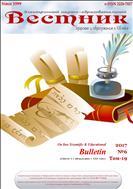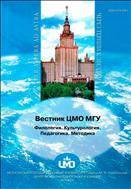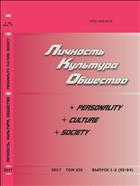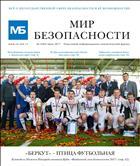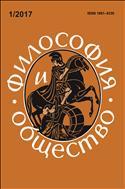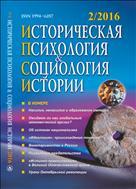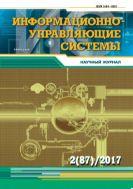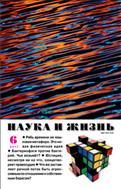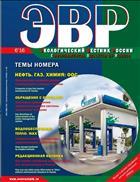Assessment of Natural and Forest Reclaimed Forage Lands in Semi-Desert Conditions in Southern Russia = Оценка природных и лесомелиорированных кормовых угодий в условиях полупустыни на юге РоссииAssessment of Natural and Forest Reclaimed Forage Lands in Semi-Desert Conditions in Southern Russia = Оценка природных и лесомелиорированных кормовых угодий в условиях полупустыни на юге России 
Haphazard use of pastures has become one of the factors of disturbance of their natural
vegetation. Therefore, forest reclamation works were carried out and significant areas of strip
plantations of shrubs were created in the Caspian Sea region in the mid-20th century. In the arid
zone of Russia, one of the most important tasks in the field of scientific provision of protective
afforestation is the improvement of methods and techniques of arrangement, increasing longevity
and environmental, agricultural, and utilitarian efficiency of plantations. This study aims to
determine the long-term impact of afforestation on the functioning of pasture ecosystems. The
influence of tree and shrub layer on biodiversity and productivity of vegetation cover of pastures
was also studied. The research objects are plantations growing on the reclaimed pastures.
The research is based on the materials of biomonitoring and field experiments using standard
methods of forest inventory and geobotanical survey. Rectangular-shaped test plots of 0.25–0.30 ha
were laid out for the study of forest plots. Test plots were used for a detailed description of the
location, soil composition, time, method, and technology of plantation development, as well as
a comprehensive assessment of the growth and longevity of tree and shrub crops. Data from key
plots were used to study the successional processes of vegetation cover. The research results
have shown that deep plowing preparation of soil to obtain high results in rooting, preservation,
and growth of shrub species has an advantage over other soil preparation technologies in the
semi-desert zone. It was found that the shrub layer up to 45 years old retains its productive
and generative abilities. Pasture protection belts from Haloxylon aphyllum and reclamation and
fodder plantations from Krascheninnikovia ceratoides and Calligonum aphyllum have a high
cenosis potential and stability. In this case study, in semi-arid regions, afforestation with shrubs
is the best way to improve and restore pastures.
For citation: Rybashlykova L.P., Lepesko V.V. Assessment of Natural and Forest Reclaimed
Forage Lands in Semi-Desert Conditions in Southern Russia. Lesnoy Zhurnal [Russian
Forestry Journal], 2021, no. 3, pp. 37–48. DOI: 10.37482/0536-1036-2021-3-37-48 |
|
18.08.2025Все новости Стартовала подписная кампания на 2026 годОткрыта подписка на 2026-й год на сайте Пресса по подписке |
ПОДПИСКА НА ЖУРНАЛЫ И ГАЗЕТЫ ON-LINE1
Мы используем cookie. Это позволяет нам анализировать взаимодействие посетителей с сайтом и делать его лучше. Продолжая пользоваться сайтом, вы соглашаетесь с использованием файлов cookie.
Подробнее можно ознакомиться на странице политики конфиденциальности и политики обработки персональных данных.
© 2005-2023 Агентство «Книга-Сервис»
107996 Москва
Протопоповский пер. 19, стр.12
E-mail: public@akc.ru









